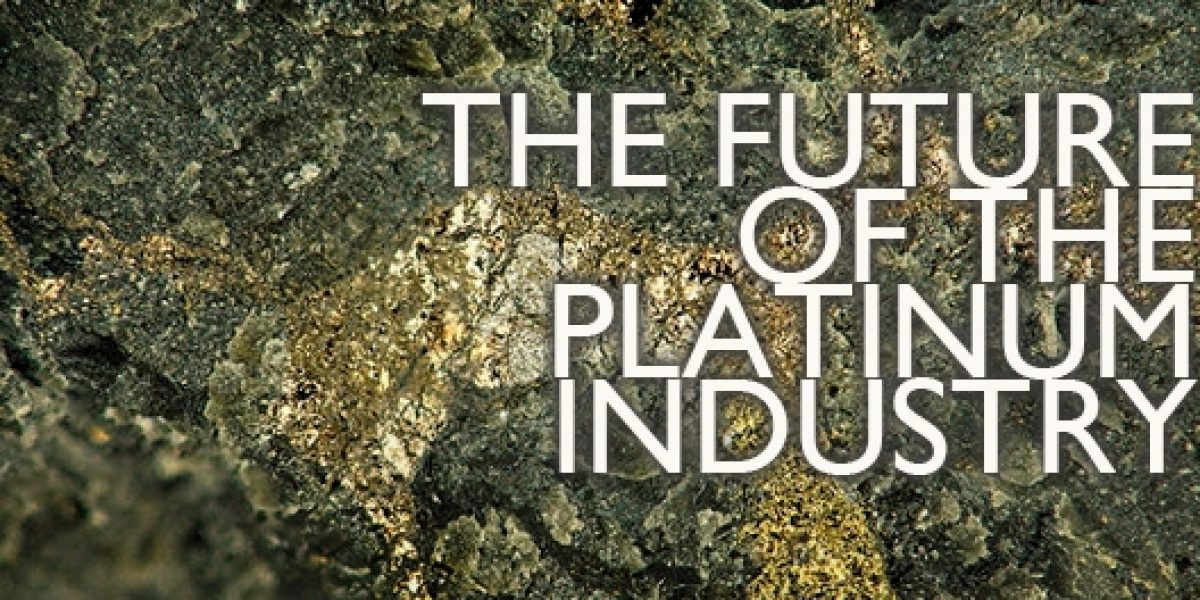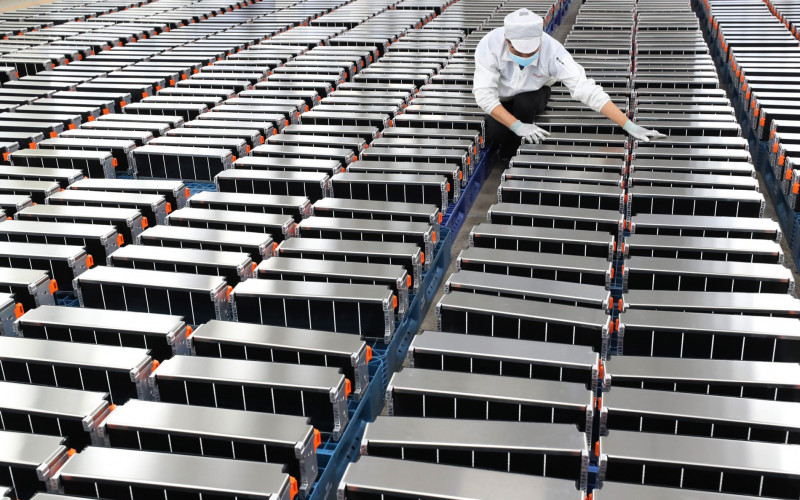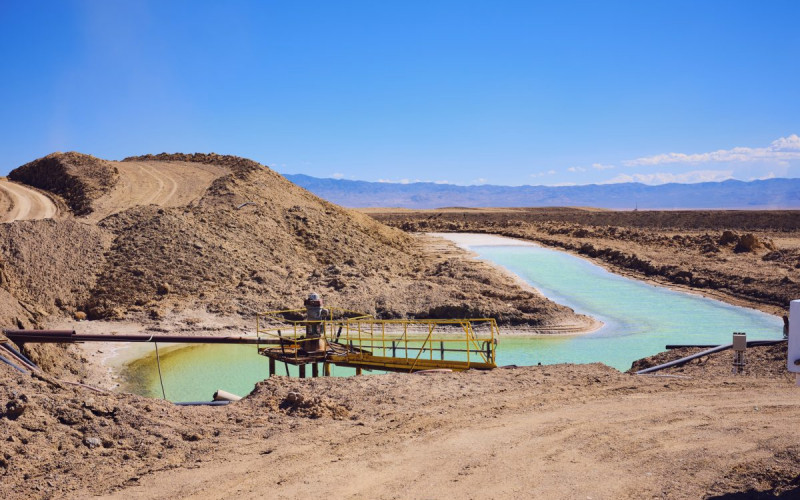In its latest set of ‘facts and figures’, the Chamber of Mines states that ‘despite the significant role and contribution of the platinum mining sector to the South African economy, the industry is currently in a challenging position.’ It cites the combined impact of slowing global demand, market surpluses and associated declining prices, escalating production costs and the impact of continued labour relations strife as specific challenges.
The chamber also highlights weakness of demand for catalytic converters in Europe. Combined with some substitution of platinum by palladium (a challenge because of palladium’s much lower price), this suppressed demand suggests a breakeven marginal return to platinum of US$1,600/oz. In South Africa, ‘approximately 59% of the industry is either marginal or loss-making’, as it is difficult to keep marginal production costs below $1,600/oz. The platinum price is currently around $1,460/oz, with a 200-day moving average of roughly $1,430. As a result, some investment analysts have gone so far as to say that there are no more profits to be made in platinum.
Taking a longer-term view, however, the fundamentals of the platinum group metals (PGM) market remain remarkably solid. A 2012 paper in scientific journal Ore Geology Reviews notes that ‘Platinum group elements (PGEs) are increasingly finding important uses in a variety of environmentally-related technologies, such as chemical process catalysts (especially oil refineries), catalytic converters for vehicle exhaust control, hydrogen fuel cells, electronic components, specialty medical uses, jewellery or investment. Given the need to expand almost all of these uses to meet environmental and technical challenges this century, demand growth for PGEs can reasonably be expected to be sustained long into the future.’ The question is whether the available geological supply is commercially viable under current conditions. This itself depends partially on the geology of available platinum deposits. It is therefore important to examine two things. First, exactly how strong is the demand for platinum-intensive environmentally-related technologies likely to be? Two, is South Africa well-placed to meet this demand?
Total platinum demand was approximately 220 tonnes in 2011, with 160 of those (73%) equally split between catalytic converters and jewellery. There is currently little notable demand for fuel cells (electrochemical devices that produce electricity through clean hydrogen-based chemical reactions). If this is the technology that will drive the future of the platinum industry, why has it not been widely adopted? As an MIT review points out, ‘although radical change might well be the means by which companies can achieve sustainable growth, in practice considerable difficulties, barriers and paradoxes exist for implementing such a strategy.’
For instance, viable technology to power the electric car has been around since 1986 at least, when Ballard Power Systems made a significant breakthrough. But the electric car remains a minor competitor in the global vehicle market. One of the barriers to wide-scale adoption of new technology is that incumbent firms tend to counter the entrance of competitors with hyper-innovation. Existing motor-manufacturing firms countered Ballard’s efforts with major efficiency improvements to old-technology engines.
In South Africa, the barriers to adopting fuel cell technology are likely to be erected by firms that continue to benefit from the carbon-intensive minerals-energy complex. Learning costs that customers may have to incur heighten these barriers. Vast infrastructural and supply-chain change is often also necessary, and costly. However, these costs are worth incurring for the sake of carbon-emission reduction. Also, more jobs are likely to be created in a growing hydrogen economy than a stagnating carbon-based one.
Proponents of fuel cell technology hope that a hydrogen economy will ultimately displace the carbon-based one. This has yet to happen, despite the obvious need to mitigate climate change. Transitioning to a greener economy, as envisaged by the National Development Plan, will be painful – no one is looking forward to a carbon tax. Building bridges to the future now, though, will anaesthetise the pain, and deliver future benefit.
Some of these bridges are being built already. Mining Weekly recently reported that a breakthrough was at hand with the discovery of liquid organic hydrogen carrier (LOHC) technology. LOHC gives stored hydrogen diesel-like characteristics for safe and efficient long-term storage. New clean energy from platinum-based fuel cells (for which palladium is a poor substitute in this case) may be ‘close at hand’: A rural village in the Free State has been powered through platinum-based fuel-cell technology.
Globally, South Africa is well-placed to meet future fuel-cell demand by virtue of its geographic location (it houses 75% of known global reserves) and relatively strong research institutions. PGM reserves are distributed across the Bushveld Igneous Complex, stretching in a semi-circle from Pretoria out to the west (Rustenburg platinum belt’s Merensky reef), north (the Platreef deposits) and east (the other end of the Merensky reef). The Merensky reefs are thin but deep. Extraction requires narrow mining techniques, which are intensive in low-skilled labour such as rock-drill operators. The Platreef is thicker and concentrated closer to the surface, making it easier to mine by open-cast techniques, as is currently the case at Mogalakwena. These deposits are more amenable to the adoption of mechanised technology and require higher-skilled labour. Production costs are invariably lower, although ore grade is not necessarily higher.
Mineral modelling shows that the known reserves are unlikely to be depleted any time soon, alleviating potential supply-side concerns to some extent. Whether they are economically recoverable, though, will largely be determined by ore grade and PGM mix, along with social, environmental, political and economic factors.
Though the adoption of fuel cell technology has been slow, there is good reason to expect that it will escalate as further breakthroughs are made. In the long run, this is likely to push up the platinum price to a point where marginal mines again become profitable. However, the transition from the short to the long run is unlikely to be smooth.
In the short-run, companies like Amplats are looking to sell labour-intensive narrow-reef assets, seeking greater returns from mines like Mogalakwena. Because marginal revenue is unlikely to increase in the near future, most platinum miners can be expected to replace labour with mechanisation wherever possible.
Low-skilled workers are increasingly at risk of unemployment. The tricky political economy questions are how best to equip negatively affected workers with transferable skills and how to sustainably incentivise the growth of a platinum-driven hydrogen energy hub. Contrary to static economic models, labour cannot easily transition between different sectors. The state and business should therefore take active steps to provide current employees with new skills.
If South Africa is to harness its naturally bestowed comparative advantage in platinum-fuelled energy, the state, business and labour must urgently build trust to prepare for what could be a bright and inclusive economic future.







